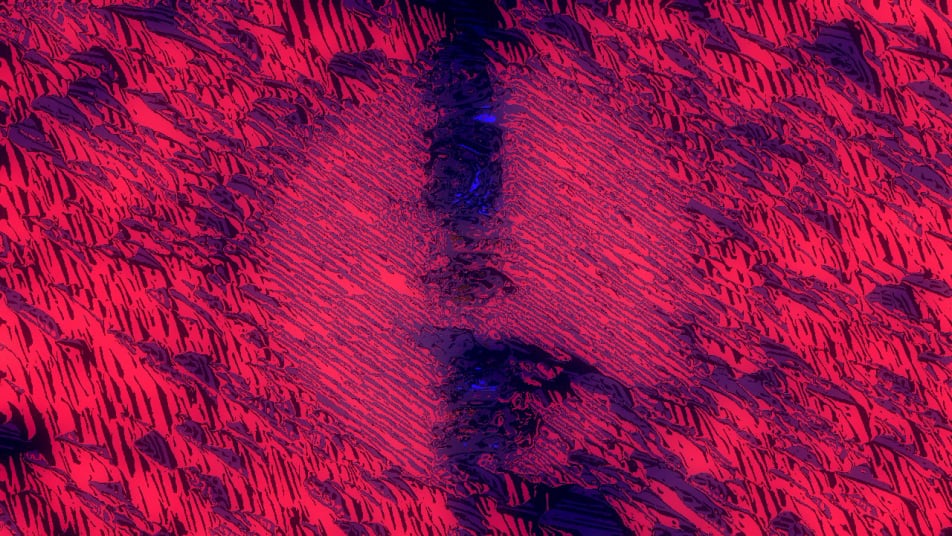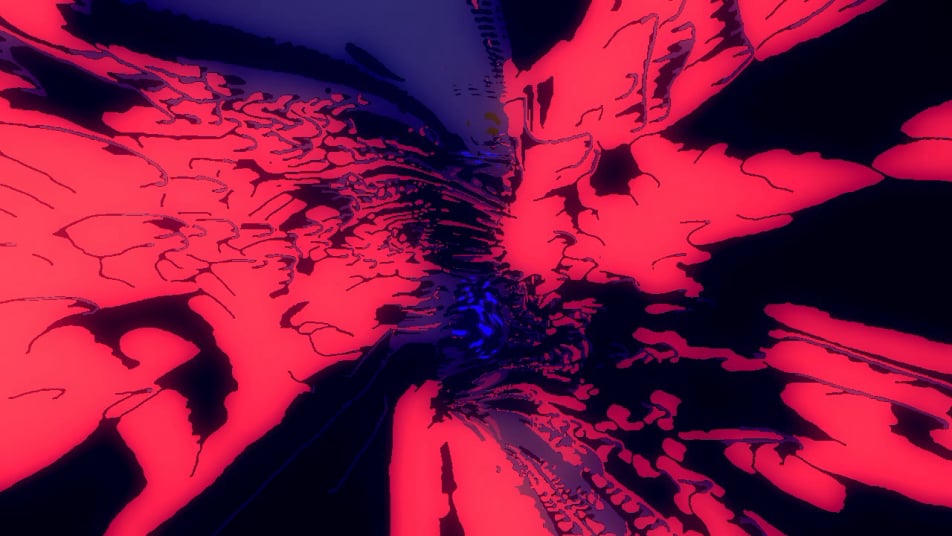In this section I will first give some information on what internalized stigma is and then how it relates to the story.
Internalized Stigma
Internalized stigma refers to a stigmatized person that comes to believe that the stigma is deserved. People who internalize stigma may come to hold the same negative perceptions toward themselves, which can lead to feelings of shame and a lack of self-worth.
Note that the internalization of shame and negative feelings associated with being stigmatized is identified as a separate construct to other forms of self-stigma, such as perceived or enacted stigma.
Enacted stigma refers to overt acts of discrimination and humiliation directed at a person because of their stigmatized status, which captures the interpersonal aspect of stigma.
In contrast, perceived stigma and internalized stigma captures the intrapersonal aspect of stigma. Perceived stigma refers to the subjective awareness of social stigma.
Sources:
Cama et al., "Internalized Stigma Among People Who Inject Drugs", 2016.
Chi et al., "Vicious Circle of Perceived Stigma, Enacted Stigma and Depressive Symptoms among Children affected by HIV/AIDS in China", 2014.
Relation to the story
This video plays in context of the second act of the story. At this part in the story, the addiction of the protagonist has progressed from alcohol use to cocaine and then to opioids. Through use of these drugs, various health problems occur and the family intervenes to send her to a detox center. In the detox center, the staff has no knowledge over the drugs she previously took, she receives inadequate treatment of her side effects and feels overall alienated.
Released from the detox center with no after care plan, she soon turns to heroin as it is a cheaper drug. In the story, the protagonist then describes the feeling of taking heroin for the first time but also the shame that she felt for using the drug. When her father died, she did not dare to go to the funeral, due to the guilt she internalized. Of the latter part, you can find an excerpt below:


